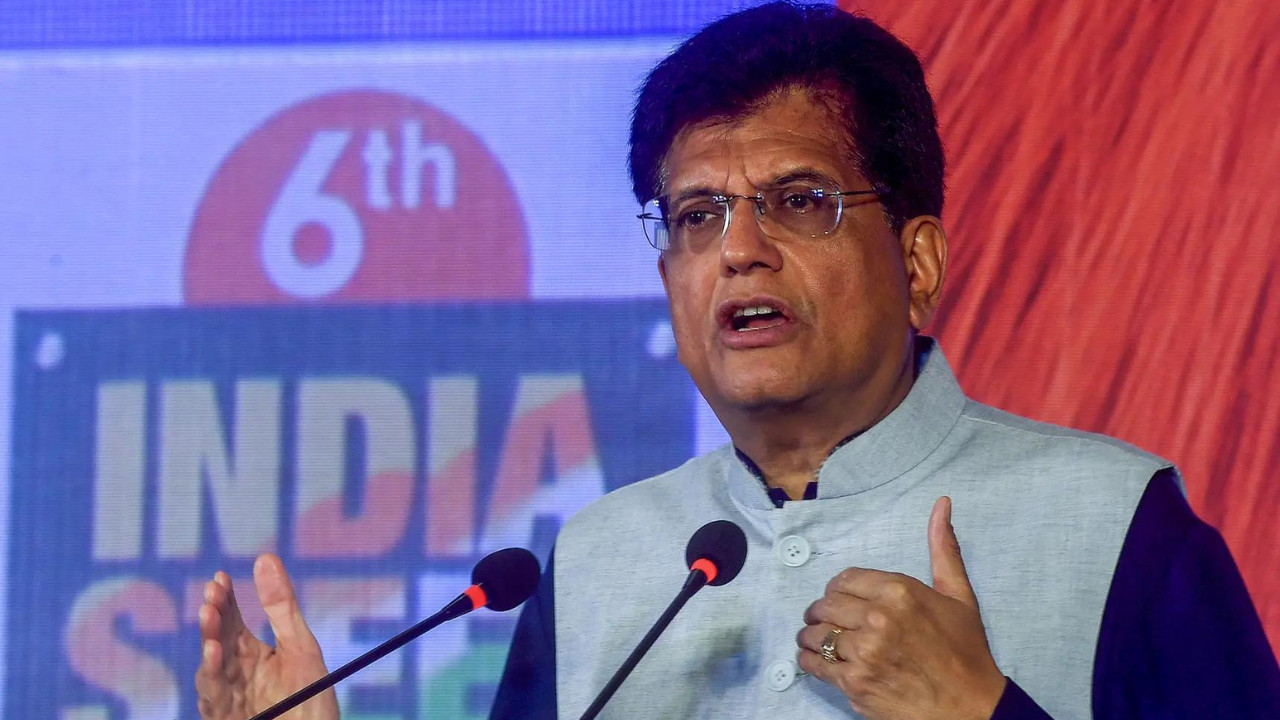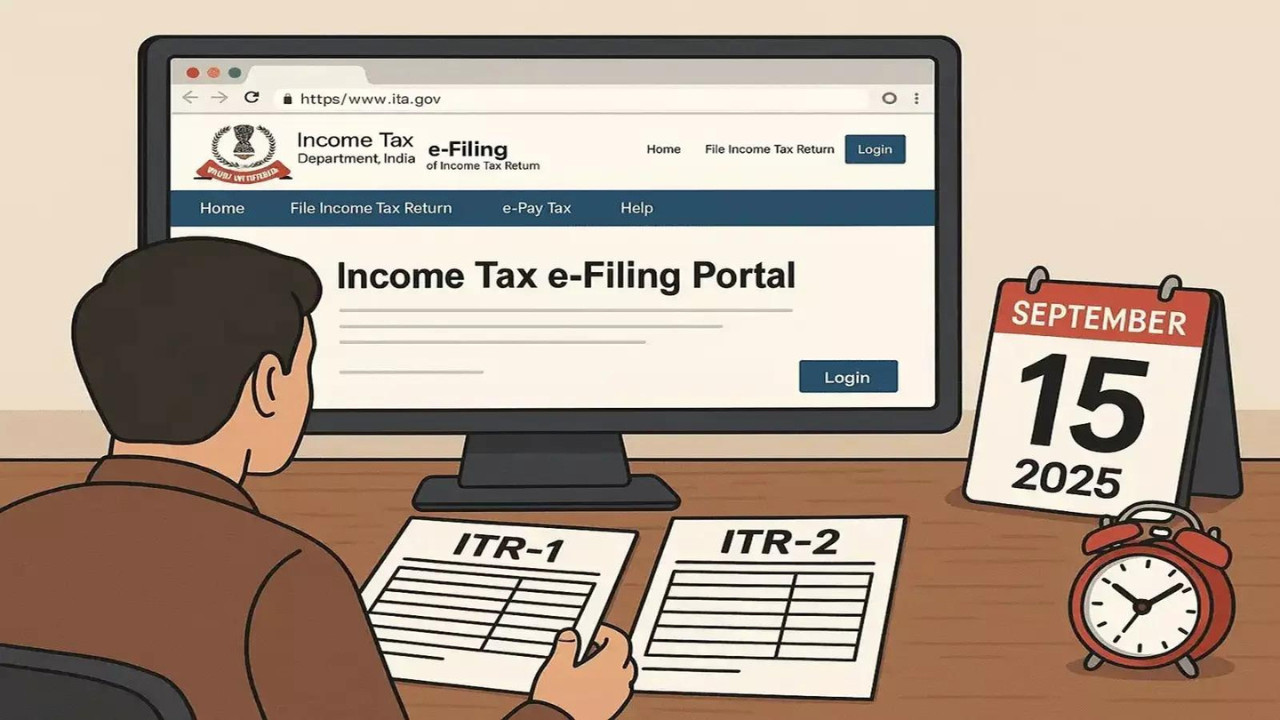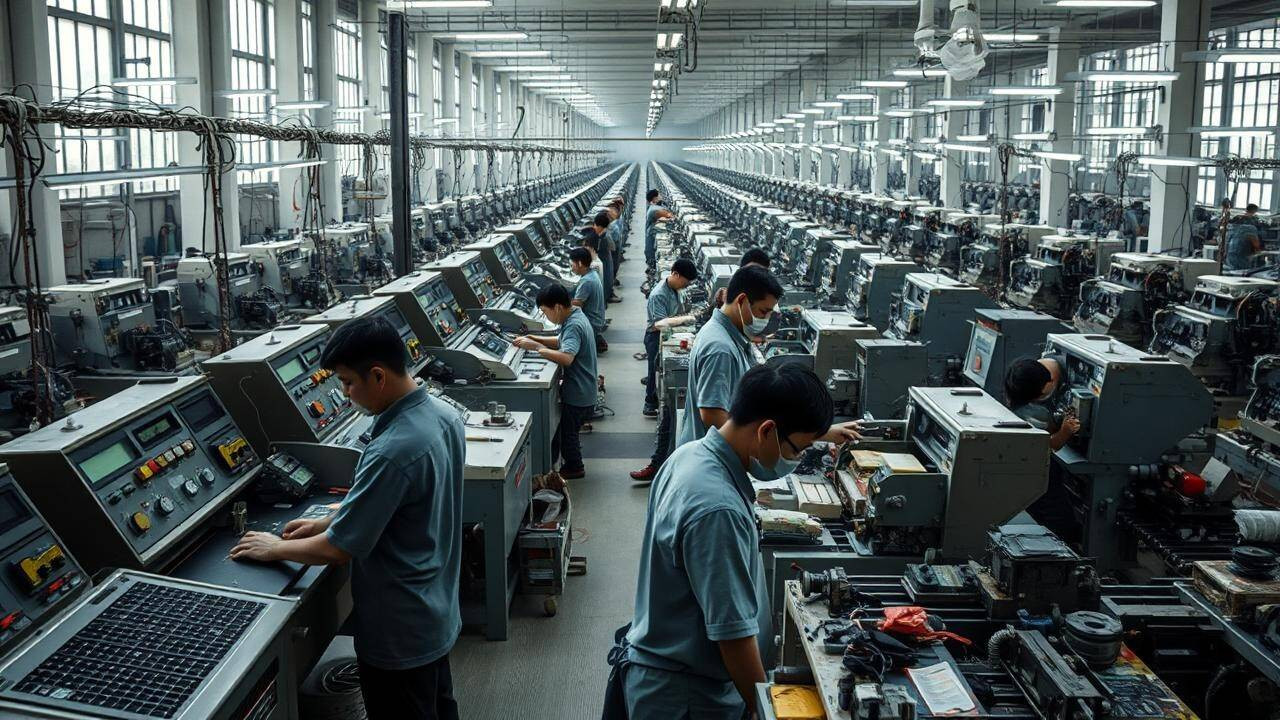Commerce minister Piyush Goyal announced that trade agreement talks with the US are progressing rapidly, with the next negotiation round scheduled for August in India. Both nations aim to finalize the initial agreement tranche by fall, targeting a significant boost to bilateral trade from $191 billion to $500 billion.
India and the US: Are We on the Brink of a Trade Breakthrough?
The economic world is buzzing, and for good reason. The dance between India and the United States – two of the world’s biggest players – is heating up, with whispers of a significant trade agreement growing louder. Commerce and Industry Minister Piyush Goyal recently dropped some hints suggesting that negotiations are moving at an unexpectedly brisk pace. Could we be on the cusp of a new era in Indo-US economic relations?
For years, forging a comprehensive trade deal between these two giants has felt like climbing Mount Everest. Both nations have unique priorities and perspectives, and balancing those to create a mutually beneficial agreement is a colossal undertaking. We’ve seen smaller wins, strategic collaborations, and incremental progress, but the ‘big one’ – a sweeping trade pact – has remained elusive.
Goyal’s recent statements, however, paint a more optimistic picture. He indicated that both sides are committed to finding common ground, ironing out the wrinkles, and ultimately, building a trade framework that fosters growth and prosperity for both countries. But what exactly is fueling this newfound momentum?
What’s Driving the Push for an India US Trade Deal?
Several factors appear to be converging to create a favorable environment. Firstly, there’s a growing recognition on both sides of the immense potential for increased trade and investment. India’s burgeoning middle class and rapidly expanding economy present a massive market for US goods and services. Conversely, the US offers Indian businesses access to advanced technology, capital, and a sophisticated consumer base.
Secondly, geopolitical considerations are playing a role. In an increasingly complex and interconnected world, strengthening strategic partnerships is more crucial than ever. Deepening economic ties between India and the US sends a powerful signal and strengthens their overall relationship.
Thirdly, there’s the “friendshoring” trend. Businesses are now more actively looking to diversify their supply chains, and India emerges as a robust, reliable and democratic alternative to manufacturing hubs that were previously relied on. This pivot has put India firmly on the radar for more companies looking to avoid disruptions and add resilience to their overall supply chains.
The Potential Impact: More Than Just Dollars and Cents
The implications of a successful India US Trade Deal extend far beyond mere economics. Of course, increased trade flows would translate into higher GDP figures and create new jobs in both countries. But the benefits would ripple through various sectors.
Imagine the boost for Indian manufacturers, gaining easier access to the vast American market. Picture US tech companies expanding their footprint in India, bringing cutting-edge innovations and creating opportunities for Indian talent. Think about the potential for increased collaboration in sectors like clean energy, healthcare, and infrastructure.

The deal could also spur further reforms and liberalization within India. The need to align with international standards and best practices could drive improvements in areas like intellectual property protection, regulatory transparency, and ease of doing business. This would not only benefit foreign investors but also create a more competitive and dynamic domestic economy. This is especially relevant for sectors that are subject to rigorous US trade regulations.
Hurdles Still Remain: Navigating the Challenges
Despite the positive vibes, it’s crucial to acknowledge that significant challenges still lie ahead. Some sticking points in past negotiations have included agricultural subsidies, market access for certain goods, and intellectual property rights. These are complex issues that require careful negotiation and compromise from both sides.
For example, addressing concerns regarding data localization and cross-border data flows will be essential for fostering innovation and digital trade. Similarly, ensuring fair and equitable treatment for businesses from both countries will be crucial for building trust and confidence in the agreement.
There’s also the need to address protectionist sentiments that may exist within certain sectors. It is inevitable that some domestic industries may feel threatened by increased competition, so managing these concerns and providing appropriate support will be vital for ensuring the long-term success of the deal.
Furthermore, successfully navigating the complex regulatory landscapes on both sides could be a hurdle. Harmonizing standards and streamlining procedures would significantly reduce the barriers to trade. This may be difficult, but would unlock a new wave of opportunities for businesses in both countries.
Looking Ahead: A Time for Optimism, But Also Prudence
While the Minister’s statement certainly sparks optimism, it is important to be grounded and understand that negotiations are dynamic. A completed deal is not a foregone conclusion. Continued commitment, flexibility, and a willingness to compromise will be essential for navigating the remaining hurdles. If the talks progress smoothly, this India US Trade Deal could become a reality sooner than anyone expected.
Ultimately, a well-crafted trade agreement could unlock tremendous economic potential and solidify the strategic partnership between India and the United States. It could serve as a model for future trade deals in a rapidly changing world. It would mark a historic step towards greater economic integration and collaboration.
The potential benefits are immense, making it a pursuit well worth the effort. To learn more about the impact of international trade on emerging markets, you can read our article on [Global Trade and Supply Chain Dynamics](internal-link).






